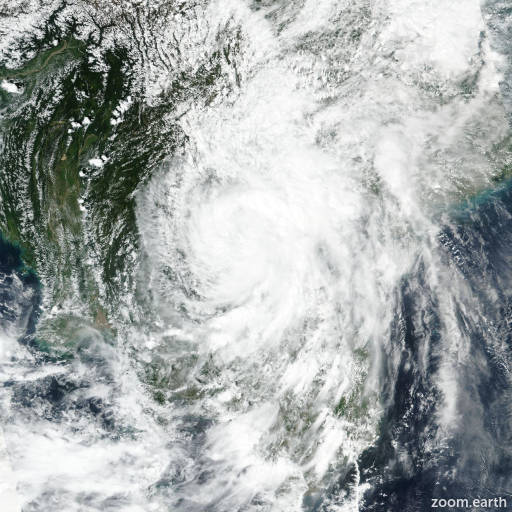Typhoon Bualoi (Opong) 2025
Last Modified:

Satellite images, weather maps and tracks of Typhoon Bualoi 2025, 23 - 29 September. Max wind speed 150km/h.
Click on the map to add points. Double‑click to finish.
Tap on the map to add points.
Last Modified:

Satellite images, weather maps and tracks of Typhoon Bualoi 2025, 23 - 29 September. Max wind speed 150km/h.